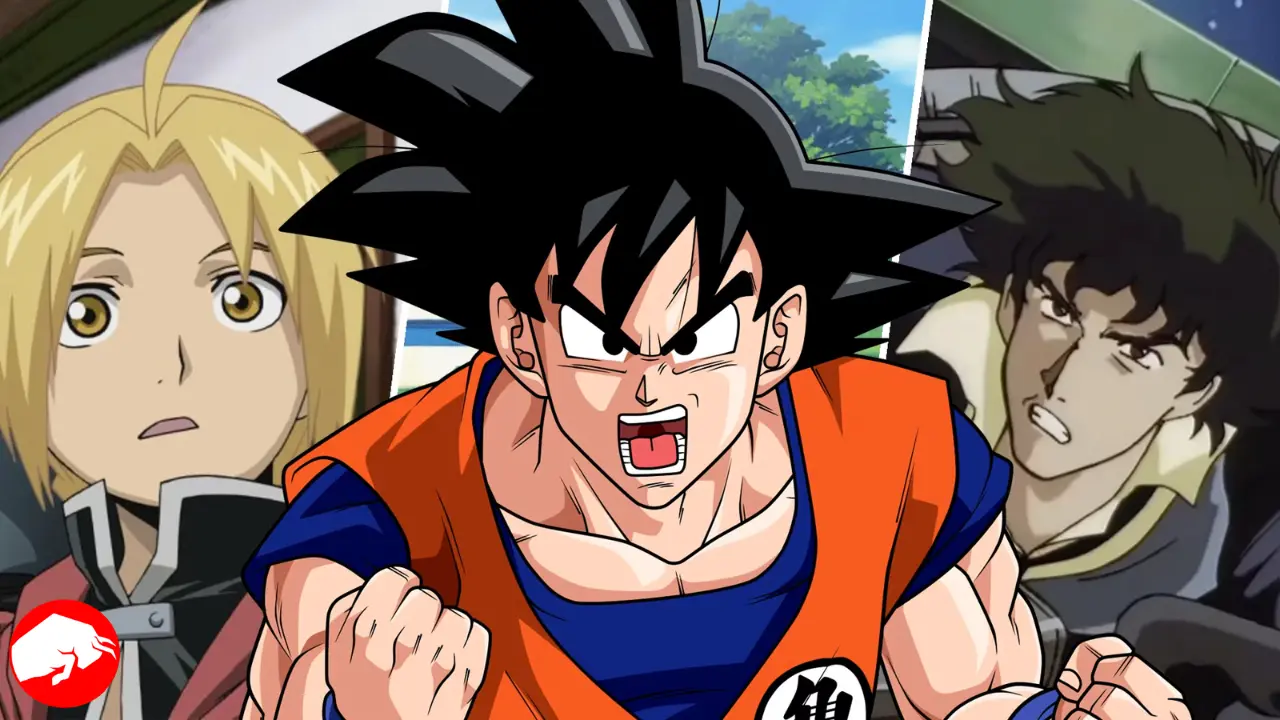Anime, a mesmerizing blend of art, storytelling, and culture, has consistently enraptured audiences with its imaginative worlds, detailed landscapes, and multifaceted character developments. Across continents and languages, enthusiasts of all ages have been drawn into the magical realms and profound narratives that anime has to offer. It’s a testament to its universal appeal and its ability to bridge cultural divides.
However, when we delve deep into the annals of anime history, it becomes evident that the journey of many renowned anime series was not straightforward. In fact, numerous iconic series underwent extensive, sometimes unexpected, writing alterations before finally taking the shape that fans have come to adore. These alterations weren’t merely superficial changes but significant modifications that impacted the essence and trajectory of the narrative.
So, come along as we embark on a nostalgic expedition, revisiting ten transformative writing decisions that not only redefined individual anime series but also left an indelible mark on the entire anime industry.
The Ghost Stories Revolution
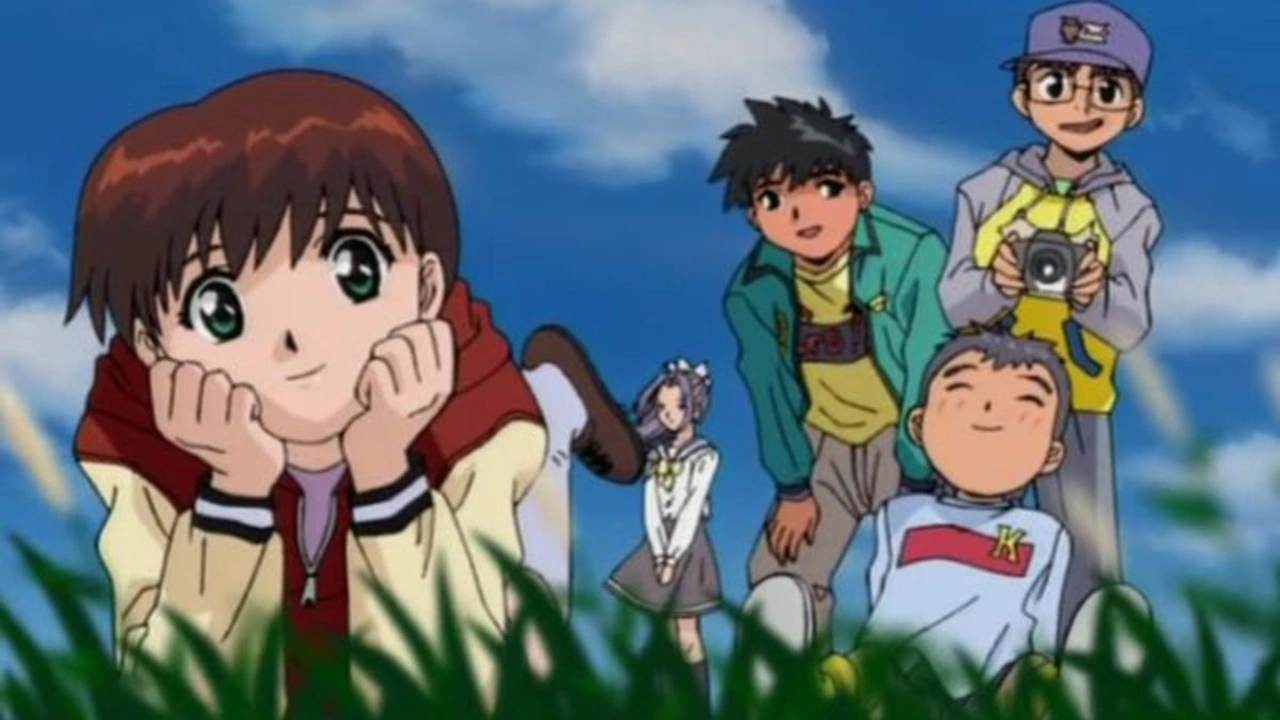
Ghost Stories, originally a relatively unremarkable anime in its native Japanese rendition, experienced a radical metamorphosis when it was introduced to U.S. viewers. Entrusted with the freedom to reinvent the show, ADV Studios chose to depart significantly from the source material. They created a dub that was not only comedic but also, on several occasions, skirted the lines of controversy. By interspersing satirical humor, modern references, and audacious dialogue that wasn’t present in the original, the studio breathed new life into the series.
This audacious adaptation strategy resulted in Ghost Stories evolving into a cult classic within the realm of English-dubbed anime. Its unexpected success in this avatar highlighted the profound influence that regional adaptations and reinterpretations can exert on the reception of a work.
Unplanned Icons of One Piece
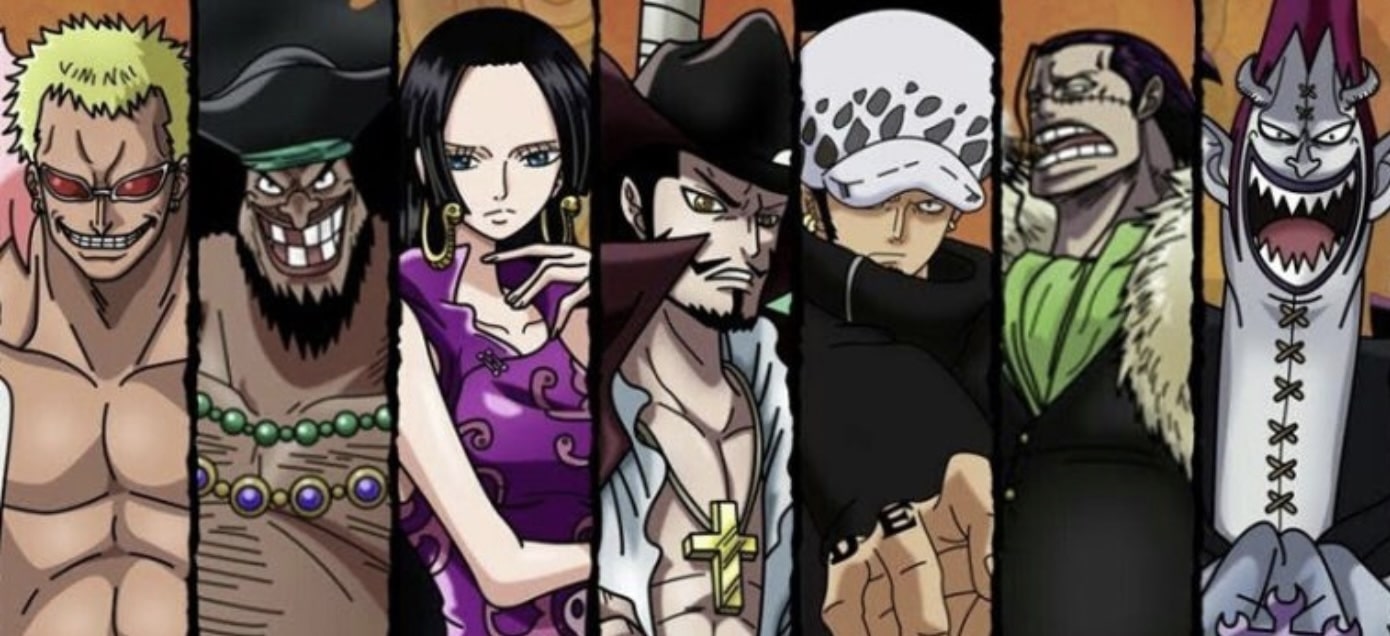
When the world of manga and anime enthusiasts contemplate the vast universe of One Piece, certain iconic factions such as the Seven Warlords and the Worst Generation inevitably emerge at the forefront of the discussion. However, what many might find surprising is that in the expansive blueprint that Eiichiro Oda had for the series, these vital characters and groups were not originally penciled in. In fact, their inclusion was somewhat serendipitous, stemming from spontaneous creativity rather than meticulous planning. Oda, known for his dynamic storytelling, introduced them on what seemed to be a mere whim or a fleeting inspiration.
Yet, as the narrative unfolded, these characters wove themselves intricately into the fabric of the story, cementing their positions and influence within the One Piece universe. Their roles grew in depth and complexity, and today, it’s nearly impossible to imagine the series without their impactful contributions. The presence of the Seven Warlords and the Worst Generation has not only enriched the storyline but has also become utterly indispensable to the lore and charm of One Piece.
Vegeta: The Unexpected Prince
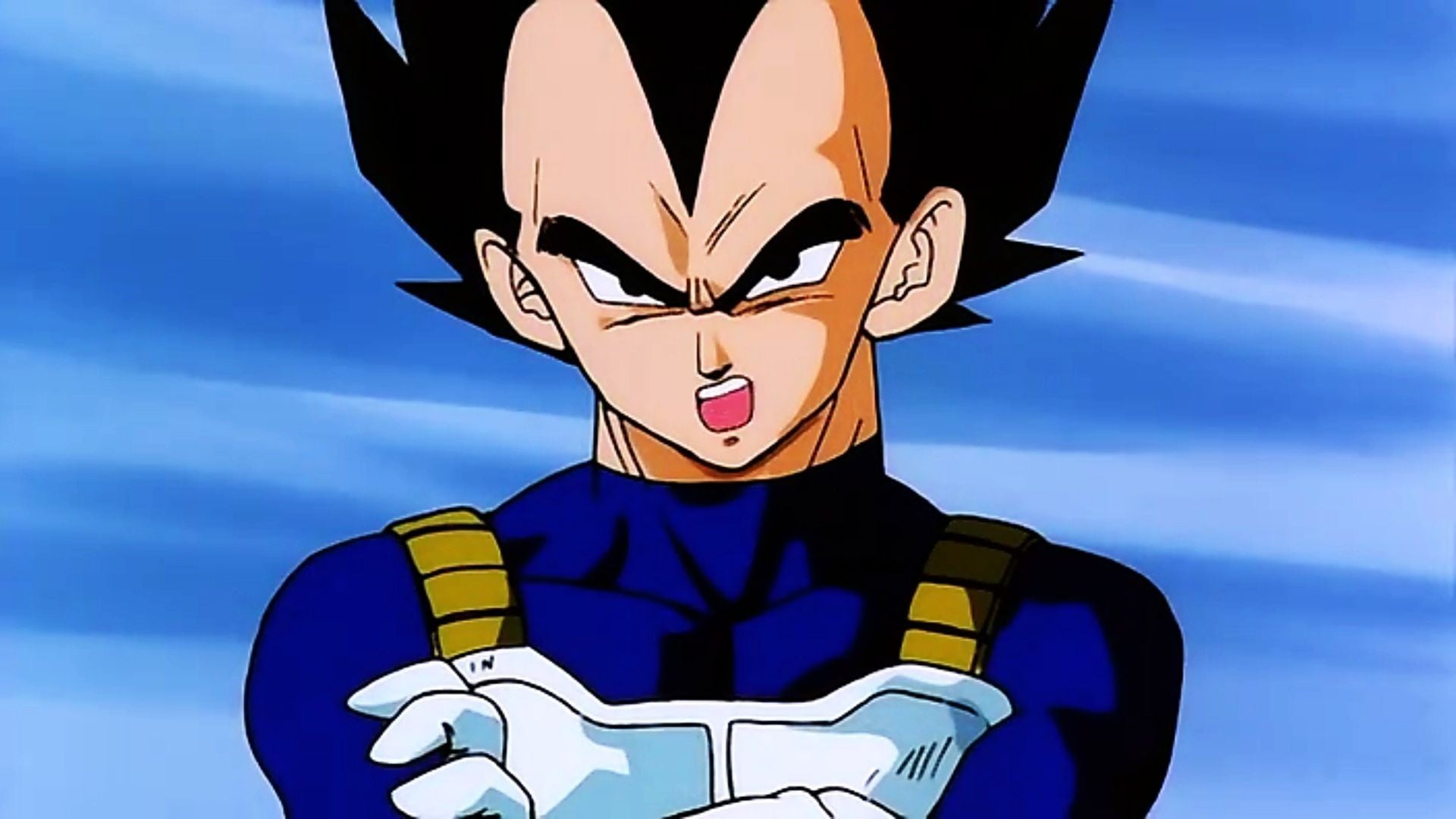
Vegeta, with his haughty demeanor and indomitable spirit, has become a character whose princely stature is deeply ingrained in the legacy of Dragon Ball Z. Fans across the globe instantly recognize him, not just as a formidable Saiyan warrior, but as the proud Prince of all Saiyans. Interestingly, in Akira Toriyama’s nascent vision for the series, Vegeta was devoid of any royal heritage. This critical aspect of his identity, which has now become so central to his character arc, was not a part of the initial blueprint.
However, as the series evolved and the layers of its characters were further peeled back, Toriyama decided to imbue Vegeta with a noble lineage. This addition did more than just provide a title; it instilled in Vegeta a deeper sense of purpose and pride, amplifying his internal conflicts and his relentless pursuit of power. By juxtaposing his royal background against his many trials and tribulations, the narrative managed to accentuate Vegeta’s constant battle between his regal pride and his insatiable drive to surpass all limits, especially those of his eternal rival, Goku.
This enriched backstory provided a more profound understanding of his motivations, making Vegeta’s journey of self-discovery and redemption all the more compelling for fans of the series.
L’s Legacy in Death Note
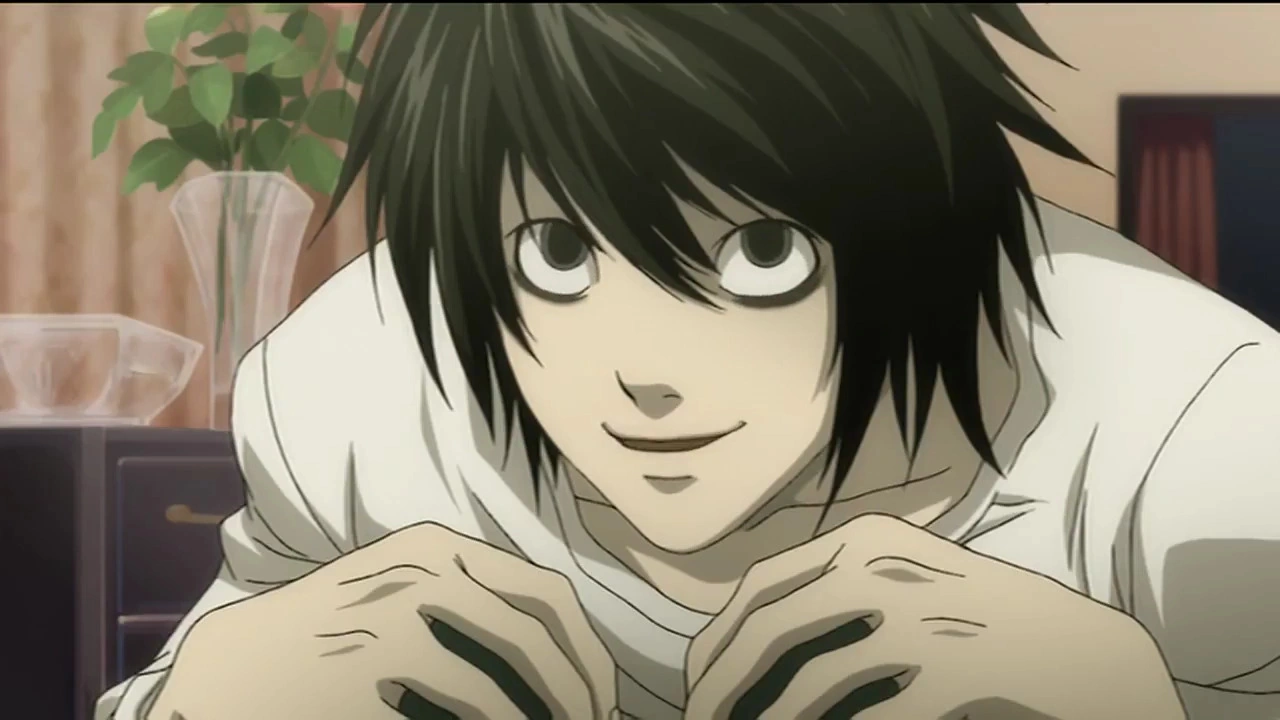
The conclusion of L’s character arc in Death Note was undeniably one of the most debated and controversial turns in the series. While many fans were saddened and even shocked by his untimely departure from the story, it’s undeniable that it served a pivotal function in shaping the trajectory of the narrative. By ending L’s direct involvement in the ongoing battle of wits with Light, the writers opened the door for a more pronounced evolution of Light’s character.
With L’s demise, Light began to indulge in a heightened sense of superiority, believing that he had removed his most formidable adversary. This descent into overconfidence, paired with a growing audacity, led to more aggressive actions and decisions on his part. However, even in his absence, L’s influence was palpable. His methodologies, deductions, and the legacy of their intense rivalry echoed throughout the remainder of the series, ensuring that while he may not have been physically present, his spirit and impact continued to weave in and out of the unfolding narrative.
Sasha’s Extended Lifeline
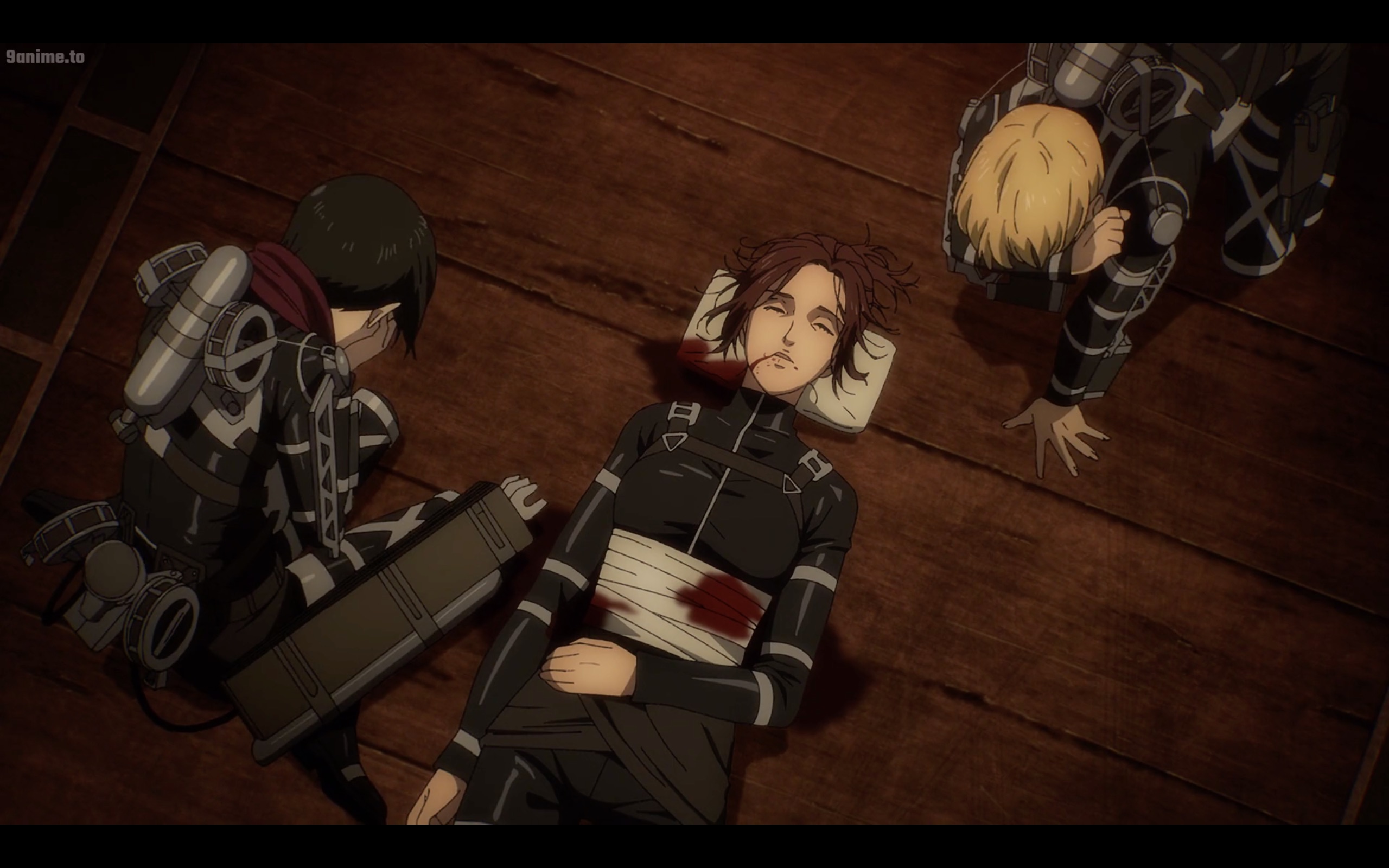
In the vast and intense universe of Attack on Titan, Sasha’s heart-wrenching death stands out as one of the most poignant moments. Originally, the creator had intended for Sasha to meet her end much earlier in the series. However, the decision to let her character linger and develop further within the narrative proved to be instrumental. As Sasha continued to be woven into the story, audiences had the chance to witness her growth, quirks, and dedication, allowing her to transform from a mere supporting role into a fan-favorite.
This extended character development made her eventual death all the more impactful. By delaying her departure, the creators ensured that when the moment did arrive, it was charged with profound emotion, having been built upon a foundation of deep character engagement and connection with the audience. This only underscored the series’ ability to expertly play with the emotions of its viewers, making Sasha’s end not just the fall of a character, but a significant loss felt deeply within the Attack on Titan community.
Alchemy’s Backbone: Equivalent Exchange
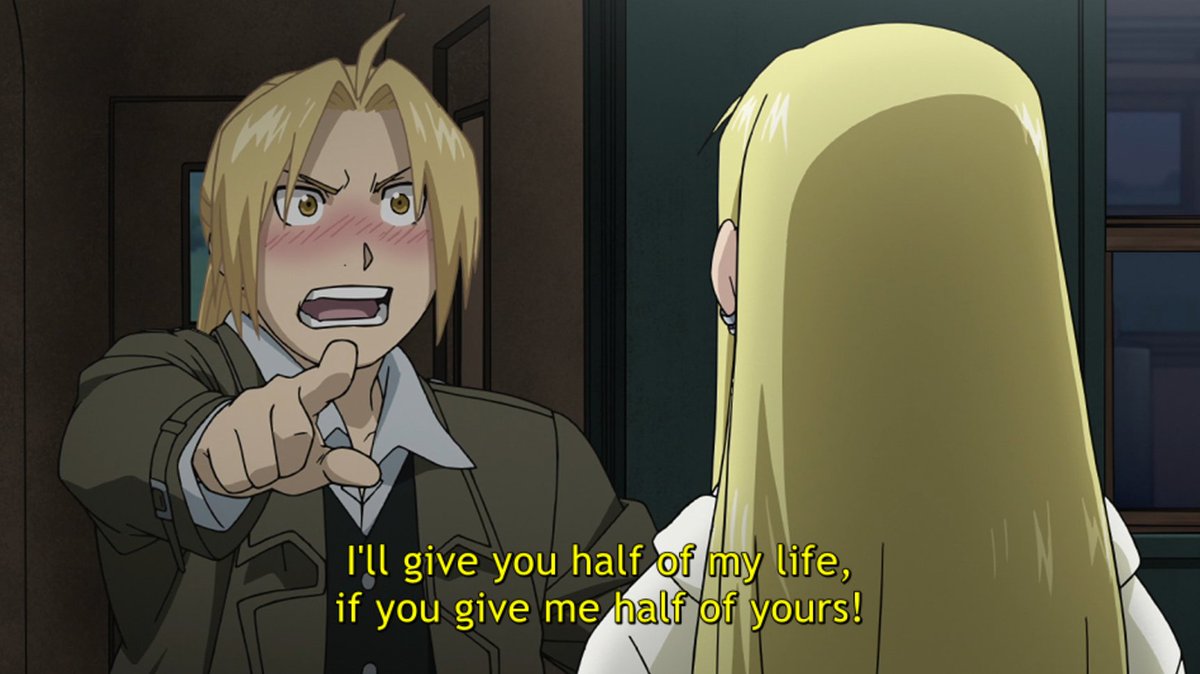
In the rich tapestry of Fullmetal Alchemist‘s narrative, alchemy and its governing principles form the bedrock of its universe. Central to this alchemical framework is the tenet of Equivalent Exchange, which posits that in order to obtain something, something of equal value must be given in return. This foundational concept, which drives much of the story’s conflict and resolution, has roots in the personal experiences of the series’ creator, Hiromu Arakawa.
Before weaving the world of Edward and Alphonse Elric, Arakawa spent her formative years on her family’s dairy farm. The daily realities of farm life, where labor, growth, and loss are inextricably intertwined, deeply influenced her perspective. Every crop harvested or product obtained required a balance of effort, resources, and time. This philosophy of balance, borne from the cyclical nature of farming, found its way into her storytelling as the principle of Equivalent Exchange.
While this core idea might have been introduced later in the conceptualization process, its significance cannot be understated. By integrating this philosophy, Arakawa ensured that the narrative had an anchoring theme, one that resonated with readers on a deeply philosophical level. The integration of personal experiences and world-building allowed for a storyline that was both fantastical and deeply rooted in real-world sensibilities.
From Ramen Chef to Ninja: Naruto’s Journey
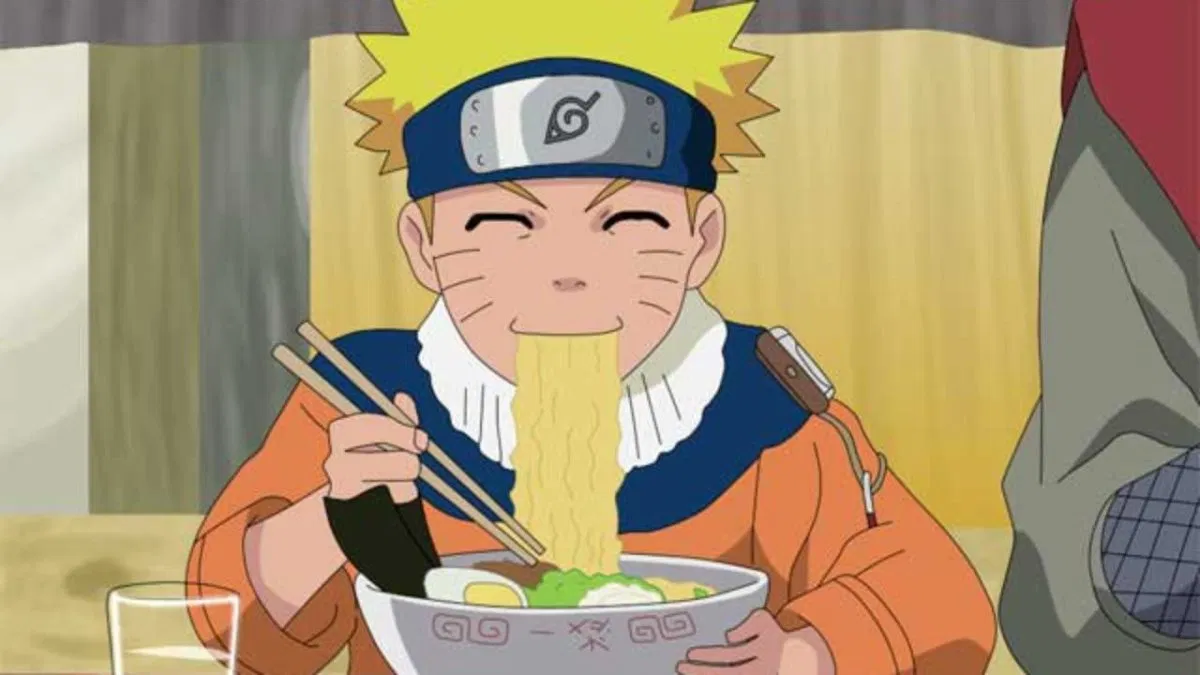
Picture a world where Naruto Uzumaki, instead of mastering the art of jutsu and venturing on epic ninja missions, dons an apron and focuses on perfecting the culinary art of ramen. Such a scenario might seem outlandish now, but this delightful and whimsical concept was, in fact, the seed of Masashi Kishimoto’s imagination. In Kishimoto’s preliminary musings for the series, Naruto’s journey was centered around becoming the ultimate ramen chef apprentice, mastering broth balances and noodle textures rather than intricate hand seals.
However, as the creator delved deeper into shaping the world of his characters, a more dynamic and adrenaline-driven narrative began to take shape. The shift from a simple story of culinary passion to an action-packed ninja saga wasn’t just a pivot—it was a transformative decision. This evolution introduced fans to the hidden leaf village, chakra-infused battles, and the enthralling struggles of a young ninja with dreams of earning his village’s respect.
While the ramen chef concept might have provided a lighthearted and entertaining narrative, Kishimoto’s final vision for Naruto thrust the character and his world into a legendary status. Yet, despite these changes, remnants of Naruto’s love for ramen remain, serving as a delightful nod to the series’ original roots.
Bakugo’s Dramatic Personality Flip
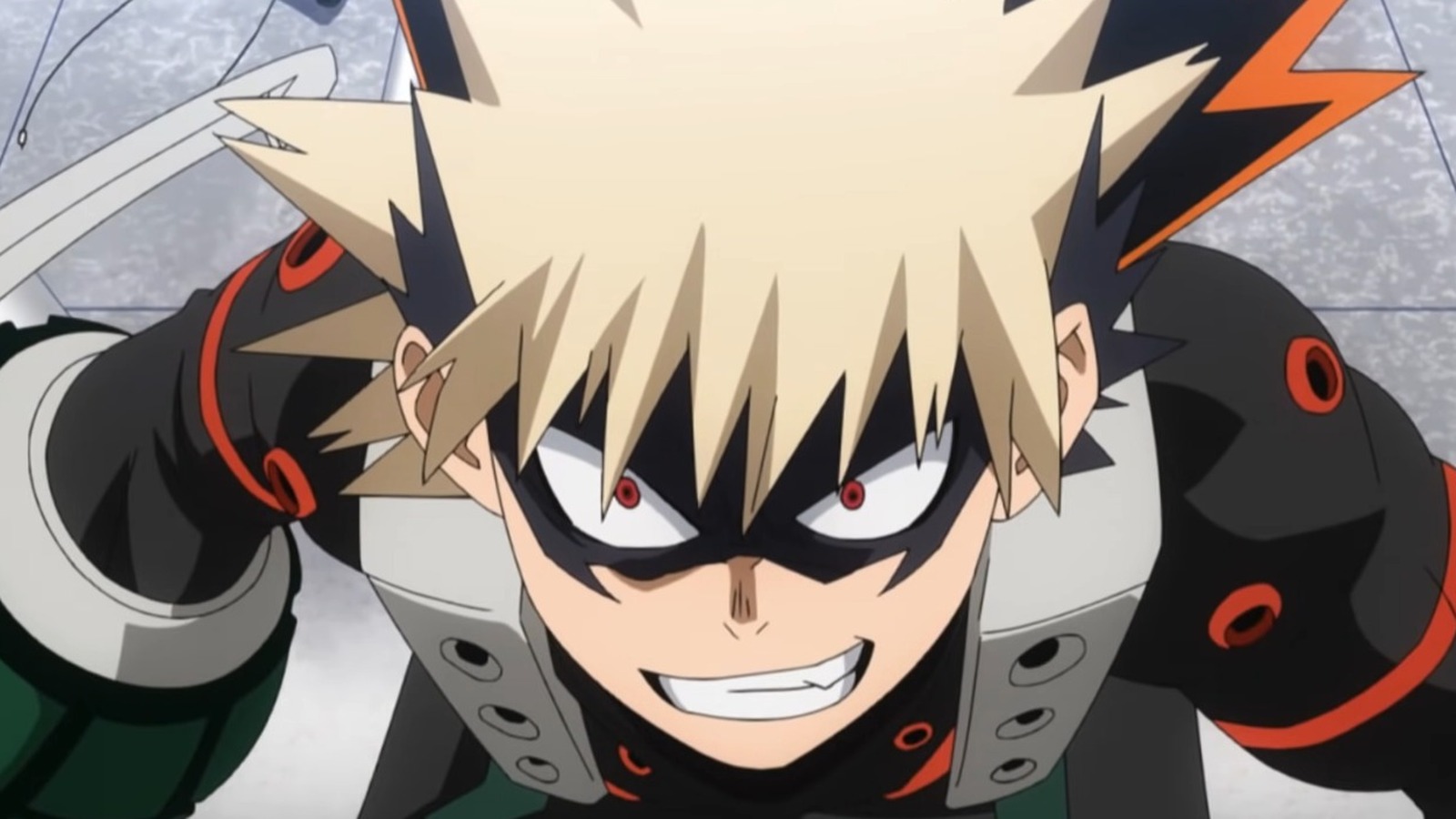
Bakugo, one of the standout characters in the beloved anime series My Hero Academia, is renowned for his fierce and unyielding nature. Interestingly, in the early conceptual stages, he was envisioned with a gentle demeanor that was more unintentionally insulting rather than aggressively confrontational. However, as the character development progressed, there was a transformative shift in his personality.
This transition to a more fiery and volatile character did more than just redefine Bakugo; it set the stage for one of the most riveting dynamics in the series. His new temperament created an electric rivalry with the series’ protagonist, Midoriya. This relationship between the two has not only been a cornerstone of the anime’s plot but has also played a pivotal role in captivating and keeping audiences glued to their screens, eagerly awaiting every twist and turn in their complex relationship.
Zuko: The Catalyst in ATLA’s Success
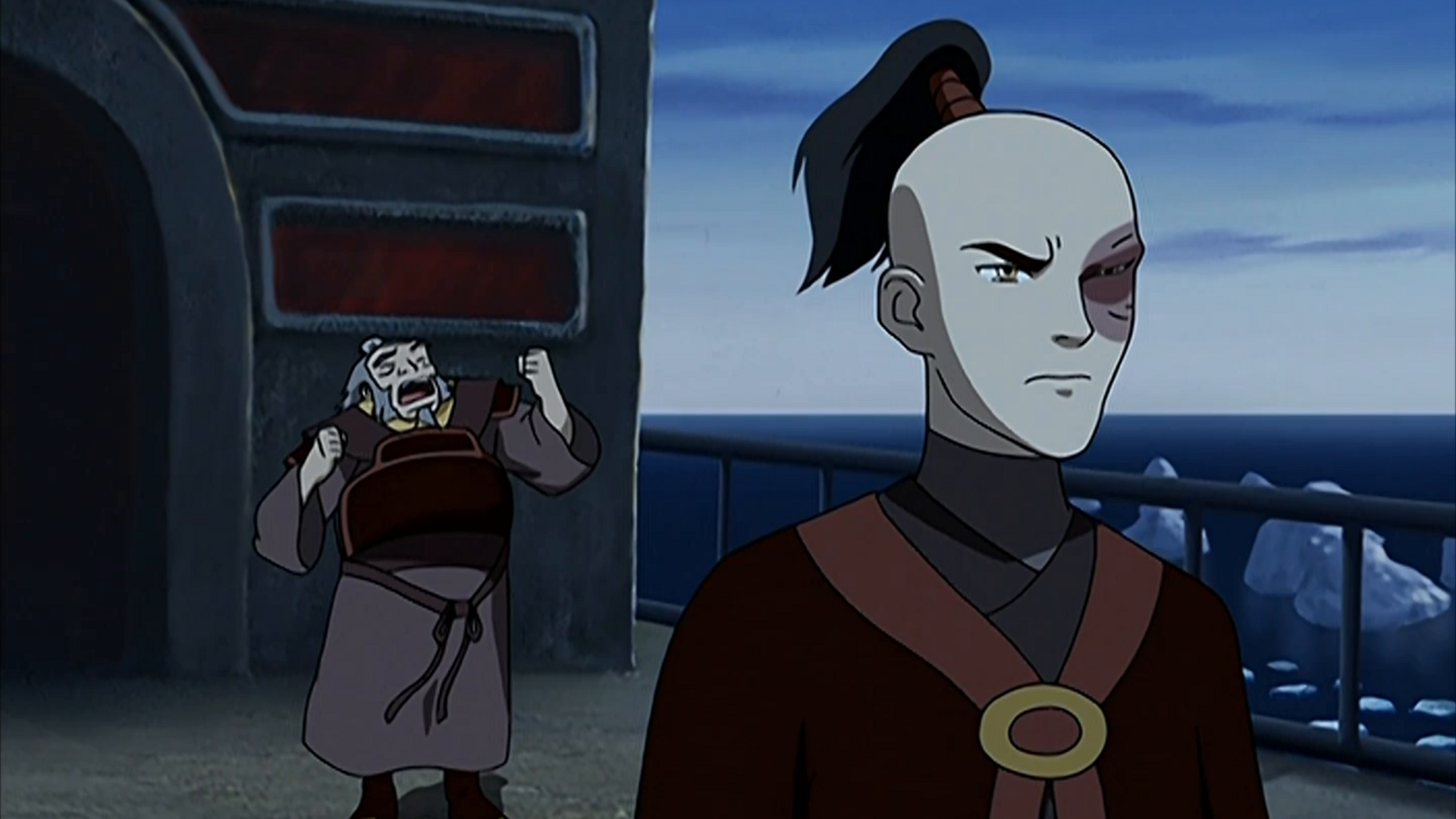
Avatar: The Last Airbender is an iconic animated series that boasts a tapestry of intricate characters and profound themes. In its early conception, the character of Ozai was primarily envisioned as the singular antagonist, representing the pinnacle of the Fire Nation’s imperialistic ambition and tyranny.
However, as the series evolved, the creators made a significant decision to introduce Prince Zuko, a character whose depth and development would soon become legendary. Zuko’s journey is one filled with internal conflict and redemption. Beginning as an exiled prince obsessed with capturing the Avatar to restore his honor, his transformation from a misguided villain to a genuine hero is a narrative arc that deeply resonated with audiences, making him one of the most cherished characters in animation history.
But Zuko’s introduction did more than just provide an additional adversary for the protagonist, Aang. With him came the introduction of Uncle Iroh, a wise, compassionate, and often humorous figure. Iroh served as a mentor to Zuko, guiding him away from the path of anger and towards enlightenment and self-realization. The character of Iroh, with his profound wisdom, delightful tea obsession, and heartwarming songs, added layers of depth and warmth to the series.
With these character additions, Avatar: The Last Airbender was not only about the external conflicts between nations but also the internal battles within one’s soul, further enriching the narrative and making it a timeless tale.
Akira Toriyama: The Unsung Hero of Bleach
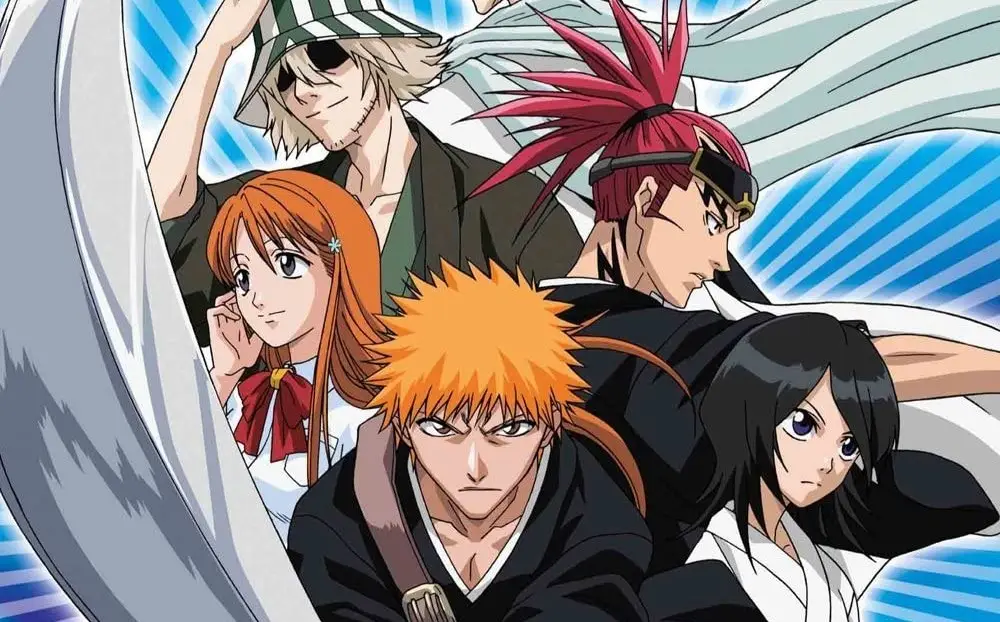
Bleach, a cornerstone in the world of anime and manga, did not always bask in the limelight of its eventual success. In the beginning, the series faced a series of setbacks, including the sting of initial rejection by publishers. Such rejections can often be demoralizing, especially for budding creators who pour their heart and soul into their work. It was during these challenging times that Tite Kubo, the mastermind behind Bleach, received an unexpected beacon of hope.
This source of inspiration came in the form of a heartfelt letter from none other than Akira Toriyama, the legendary creator of Dragon Ball, one of the most influential manga and anime series of all time. Toriyama’s words were not just simple words of encouragement; they were a testament to the belief that Kubo had something special, a narrative that needed to be shared with the world. Fueled by this newfound motivation, Tite Kubo resolved to persevere, refining his work and pushing forward with even greater determination.
The result of this unwavering resolve and Toriyama’s timely encouragement was the birth of Bleach, which would go on to become an anime and manga phenomenon. The series, with its intricate characters, enthralling story arcs, and memorable battles, carved out a place for itself in the hearts of fans around the world, standing as a testament to the power of perseverance and the impact of mentorship in the creative world.
In the ever-evolving world of anime, these monumental writing shifts remind us that the path to excellence is often paved with reimaginations and revisions. As anime continues to enchant global audiences, one can only wonder what behind-the-scenes decisions will shape its future.


